REVIEW – Stalker 2: Heart of Chornobyl is more than just a game; it’s a true survival story, both on-screen and behind the scenes. The Zone’s oppressively eerie atmosphere and brutally unforgiving gameplay drag you back into the series’ world, where nothing is guaranteed—least of all your life. Every decision carries weight, shaping the story and the dynamics of your surroundings. While technical issues occasionally break immersion, the game’s audacity and unique character still make it an unforgettable experience.
The very existence of Stalker 2: Heart of Chornobyl is nothing short of a miracle. Developer GSC Game World faced not only the challenges of the COVID-19 pandemic but also the Russian invasion of their homeland, Ukraine—a conflict that tragically continues to this day. While some team members managed to leave the country, many stayed behind, and some even fought on the frontlines. Despite the wails of air raid sirens, the roar of rocket attacks, and the personal losses endured, the developers persevered: days were spent working, nights volunteering, all while mourning friends, family, and beloved pets.
Those who relocated and opened a new office in Prague were not spared hardship either. Russian cyberattacks targeting the studio, leaked game versions, and even a server room fire added layers of complexity to an already harrowing situation. Yet, despite everything, Stalker 2 has been completed—a testament to the dedication of those who gave their all to the project. Not only has the game survived chaos, but it has also remained true to the open-world survival shooter roots that define the series.
Stalker 2 is not a polished, modern game—in fact, it’s unapologetically rough and uncompromising, which not everyone will appreciate. Yet this rawness is what makes it authentic: the lifeless brutality of the Zone and the player’s harrowing journey are conveyed exactly as they should be. The iconic gameplay of the series remains intact, now enhanced with its most refined combat system yet. The narrative is raw, sometimes even archaic, but this is precisely what gives Stalker 2 its genuine charm.
The Dark Secrets of the Zone
If you’re unfamiliar with GSC’s post-apocalyptic universe, the Stalker games are set in an alternate, nightmare-fueled version of the Chernobyl Exclusion Zone. Following the 1986 reactor disaster, numerous secret laboratories were established in the area, where bizarre experiments led to a fictional second catastrophe in 2006. This event caused mutations in local flora and fauna and created phenomena known as anomalies—bizarre, almost supernatural occurrences that produce valuable artifacts. These artifacts, with their unique and inexplicable properties, draw stalkers to the Zone, lured by the promise of wealth. But they’re far from the only ones inhabiting this irradiated wasteland: paramilitary factions, scientists studying anomalies, bandits, religious fanatics, and outlaws add layers of danger to a region where survival often depends on who draws their weapon first.
Stalker 2’s opening scene is a nostalgic callback: much like 2007’s Shadow of Chornobyl, you’re transported to the edge of the Zone in the back of a flatbed truck. However, this time you’re not a nameless, amnesiac stalker but Skif, a protagonist on a secret mission. Armed with a mysterious scanner and an even more enigmatic artifact, he’s tasked with conducting a crucial experiment. The tutorial quickly introduces the Zone’s peculiar, deadly threats before betrayal strikes: Skif’s gear is stolen, and he awakens to the harsh reality of the Zone, greeted by the sharp teeth of a mutant dog.
At this point, the game returns to its roots. As Skif seeks revenge and the truth, he visits countless settlements, taking on missions to gather valuable information. Over time, what begins as a simple quest for personal vengeance expands into an epic, world-altering narrative. The developers have made a concerted effort to deliver a deeper story than before, whether through the main plot or the numerous side missions that flesh out the Zone’s world. Fully voiced dialogues—including authentic Ukrainian voiceovers—unfold through a Bethesda-style conversation system offering various response options. While this isn’t an RPG and you won’t need to throw around skill points during conversations, your answers shape Skif’s personality and behavior.
Although the storytelling can sometimes feel uneven and lacks subtlety, it remains captivating as you delve deeper into the Zone’s secrets, resolve minor conflicts, and navigate the political web of various factions. Your choices carry significant consequences, drastically affecting how the world reacts to you. Even after the credits rolled, I found myself questioning whether I’d made the right decisions.
This unpredictable dynamism extends to Stalker 2’s side quests. Whether recovering lost cargo or eliminating mercenaries, you never know what will happen. Frequently, someone might propose a deal, sacrifice another to save themselves, or share information about a hidden stash known only to them. The question always lingers: can you trust them? More importantly, can you trust your original employer? In the Zone, everyone looks out for themselves, and morality is a luxury when betrayal is just a heartbeat away.
Tension and Chaos in the Zone
The intensity and unpredictability of combat in Stalker 2 stem from the Zone’s volatile nature, where knowing your environment can literally save your life. With ammunition scarce and expensive, every bullet counts, making alternative strategies to defeat enemies highly valuable. While stealth is an option, it’s not particularly effective. Attempts to silently take down foes with a knife often fail due to their eagle-eyed awareness and erratic movement patterns. The absence of fixed patrol routes adds a refreshing realism but also makes stealth approaches almost impossible.
The brutal weight of gunfights becomes apparent within minutes. A well-aimed headshot is lethal against human enemies, but body shots feel wasteful, as they require an excessive amount of ammunition to down an opponent. This tangible tension adds stakes to firefights, especially in the early game when resources are scarce. Managing weapon recoil while aiming accurately and dodging grenades or gunfire is a real challenge. While the combat may occasionally feel dated compared to modern shooters, this is part of Stalker’s signature charm.
Acquiring a sniper rifle eases some of the difficulty, but battles remain desperate affairs. Every kill feels earned, thanks in part to the AI, which consistently keeps you on edge. Human enemies often flush you out of cover with grenades, attempt to flank you, and press their attack even while you’re bandaging wounds. While the AI isn’t flawless—sometimes exposing itself unnecessarily, hiding behind non-existent cover, or freezing altogether—it’s generally competent and unpredictable.
Mutants, on the other hand, are underwhelming. With few exceptions, they rely on two strategies: charging at you or leaping onto you, highlighting the limitations of your movement options. There’s no reliable way to avoid these attacks, but climbing to higher ground often confuses their AI, leaving them running in circles beneath you. While effective, this tactic isn’t enjoyable, and battles with mutants frequently devolve into repetitive chores.
Technical Flaws and Atmospheric Triumphs
Unfortunately, Stalker 2 isn’t free of technical issues, which can severely test your patience. The game crashed and froze three times, and I became stuck in dialogue during two side quests, forcing a full restart. In one case, I circumvented the issue by loading an earlier save and skipping the quest, but another problem rendered a side mission permanently unfinishable. Missing quest items were another recurring frustration, though some were later fixed with patches—an encouraging sign that the developers are addressing the game’s problems.
Minor bugs and glitches further marred the experience. Floating or partially submerged NPCs, missing limbs on enemies, disappearing UI elements, flickering wall textures, silenced weapons, and inexplicable sounds—such as phantom barking—were all commonplace. On one occasion, looking downward caused the screen to double. Thankfully, the game ran smoothly on the tested hardware—a Ryzen 7 7800X3D and an RTX 3090—maintaining 60–90 fps on high settings. While busier areas occasionally caused minor frame drops, these were never too disruptive. A significant day-one patch suggests that the developers are actively working to improve stability.
Despite its flaws, Stalker 2’s atmosphere is mesmerizing, and the world of the Zone pulls you in completely. Abandoned family homes with cracked walls, brutalist Soviet architecture, and decades of decay beautifully capture a post-apocalyptic aesthetic. Distant gunfire shatters the silence, intensifying as a radio broadcast warns of an impending “Emission.” Panic sets in as you sprint for the nearest factory’s flooded basement, the sky turning blood red and lightning striking around you.
Stalker 2: Heart of Chornobyl emerged through war, chaos, and countless technical obstacles to bring the Zone’s haunting world back to life. This long-awaited installment immerses players in a universe of survival and danger, where every decision carries weighty consequences. While technical issues occasionally hinder the experience, the game’s atmosphere and dynamic gameplay serve as a powerful reminder of why this series became legendary. Even with its imperfections, it offers players a gripping, challenging journey.
-Gergely Herpai „BadSector”-
Pros:
+ Impressive atmosphere and environment
+ Huge, varied environment
+ Significant decisions and narrative effects
Cons:
– Lots of bugs and technical issues
– Sometimes unbalanced artificial intelligence
– Repetitive and rather dull mutant battles
Publisher: GSC Game World
Developer: GSC Game World
Style: Open-world survival FPS
Release: November 20, 2024
Stalker 2: Heart of Chornobyl
Gameplay - 7.2
Graphics - 7.8
Story - 7.2
Music/Audio - 7.8
Ambience - 7.2
7.4
GOOD
Stalker 2: Heart of Chornobyl stays true to the series’ legacy while reinterpreting its best elements. Despite technical issues, the Zone’s atmosphere and dynamic mechanics deliver an irreplaceable experience. Imperfections aside, the game offers a world both haunting and unforgettable.

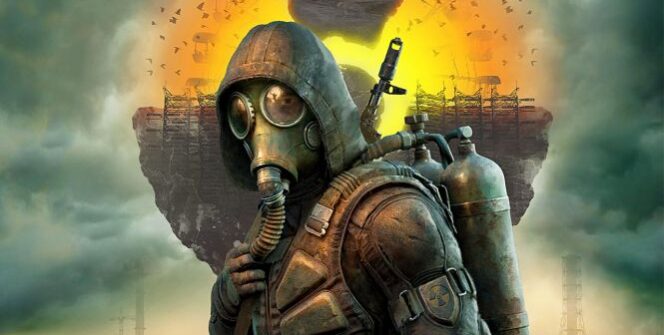
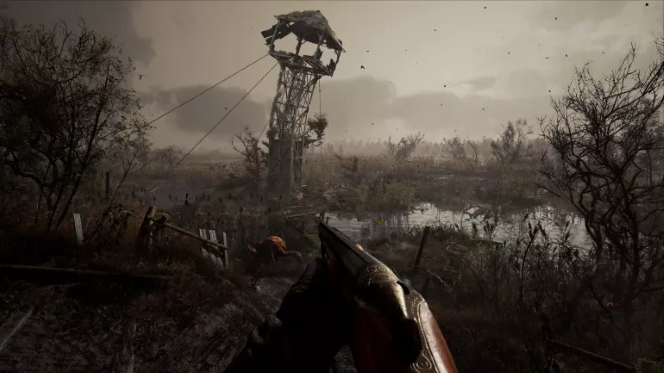
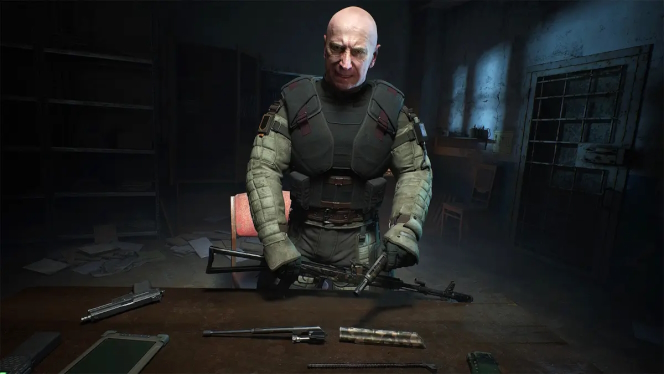

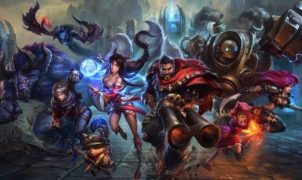




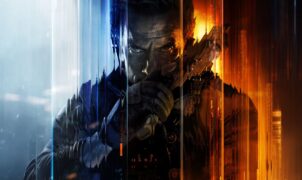




Leave a Reply